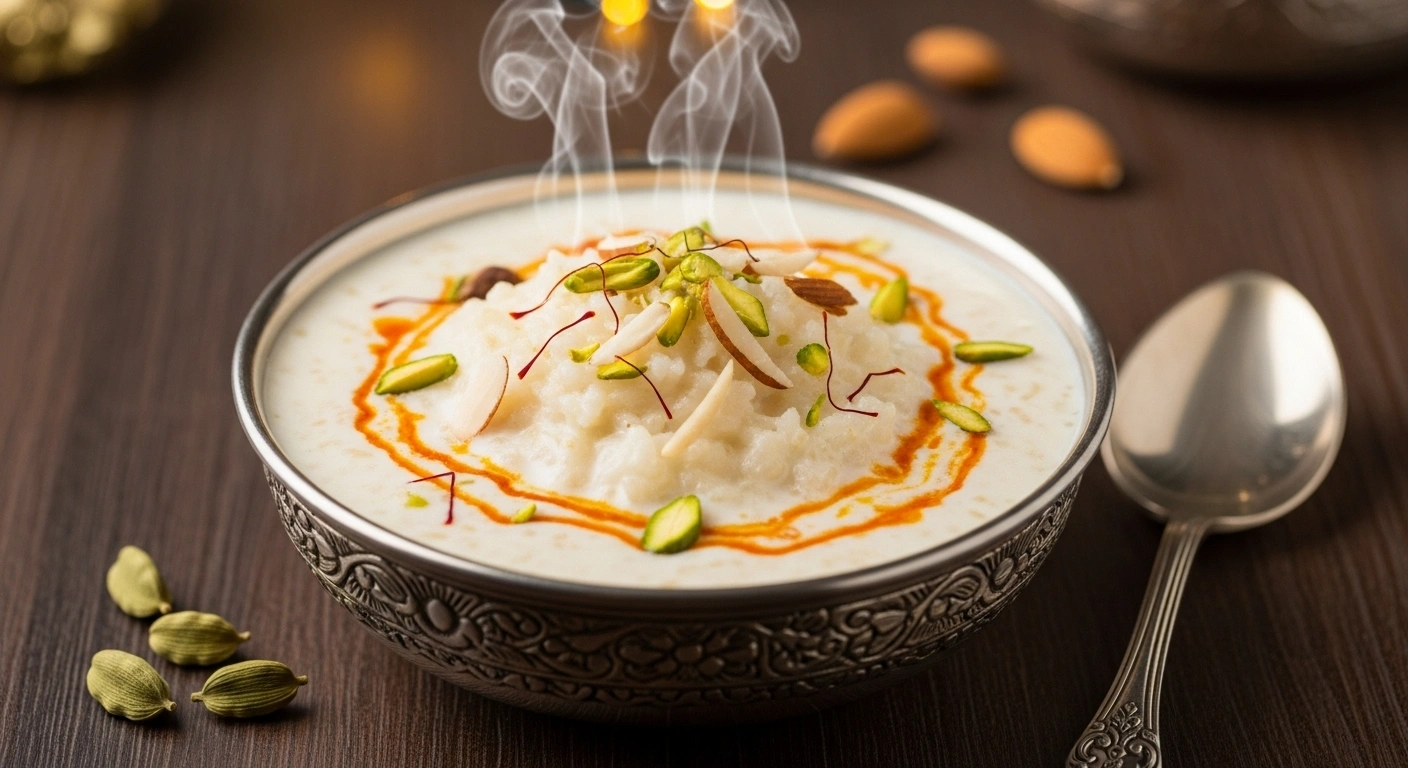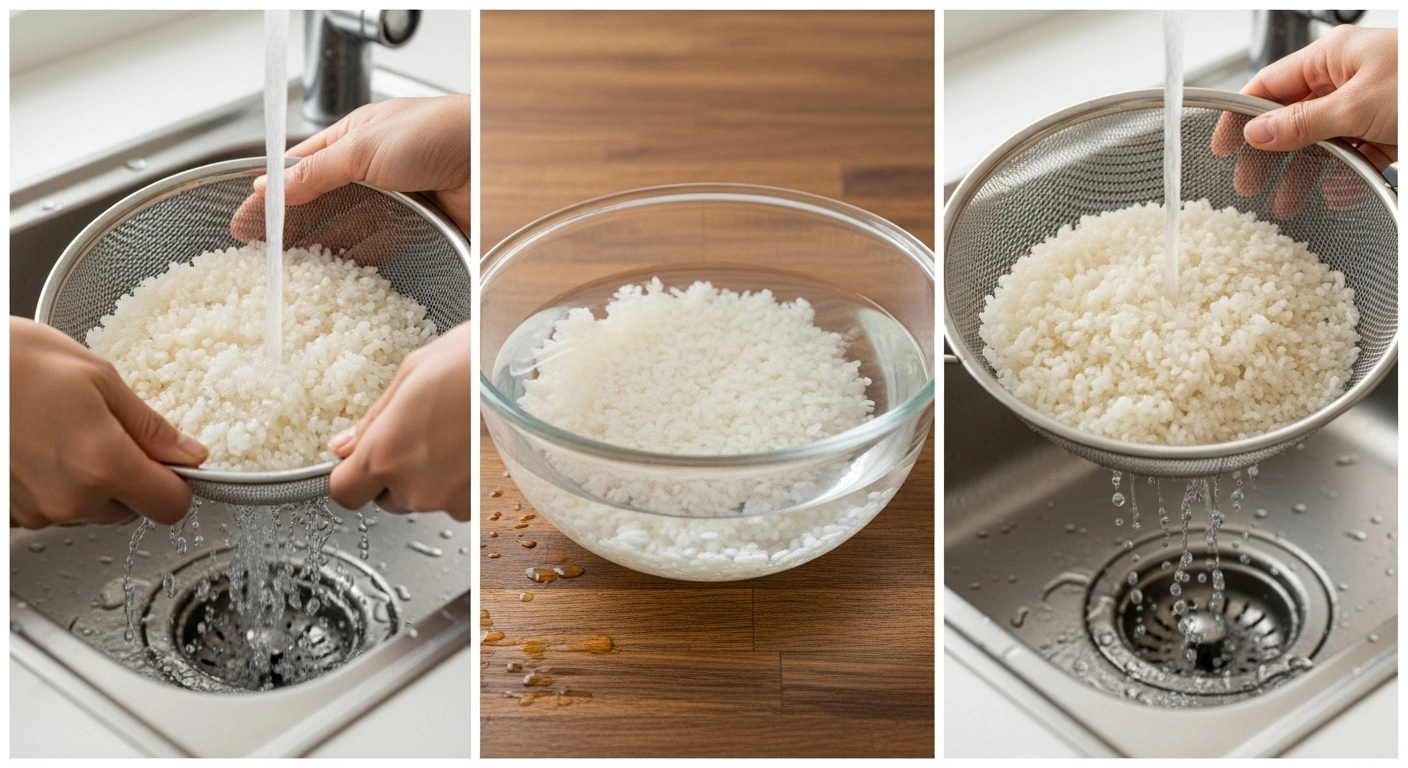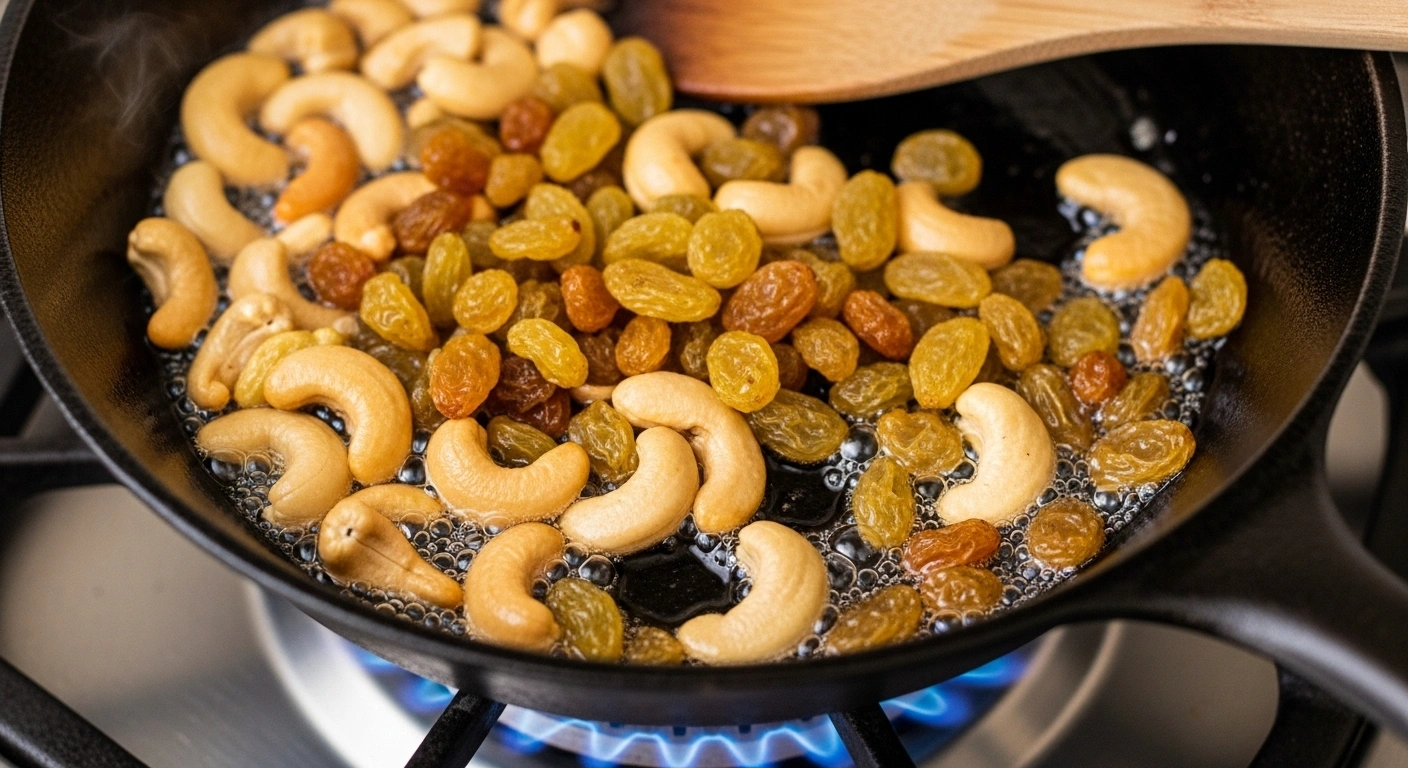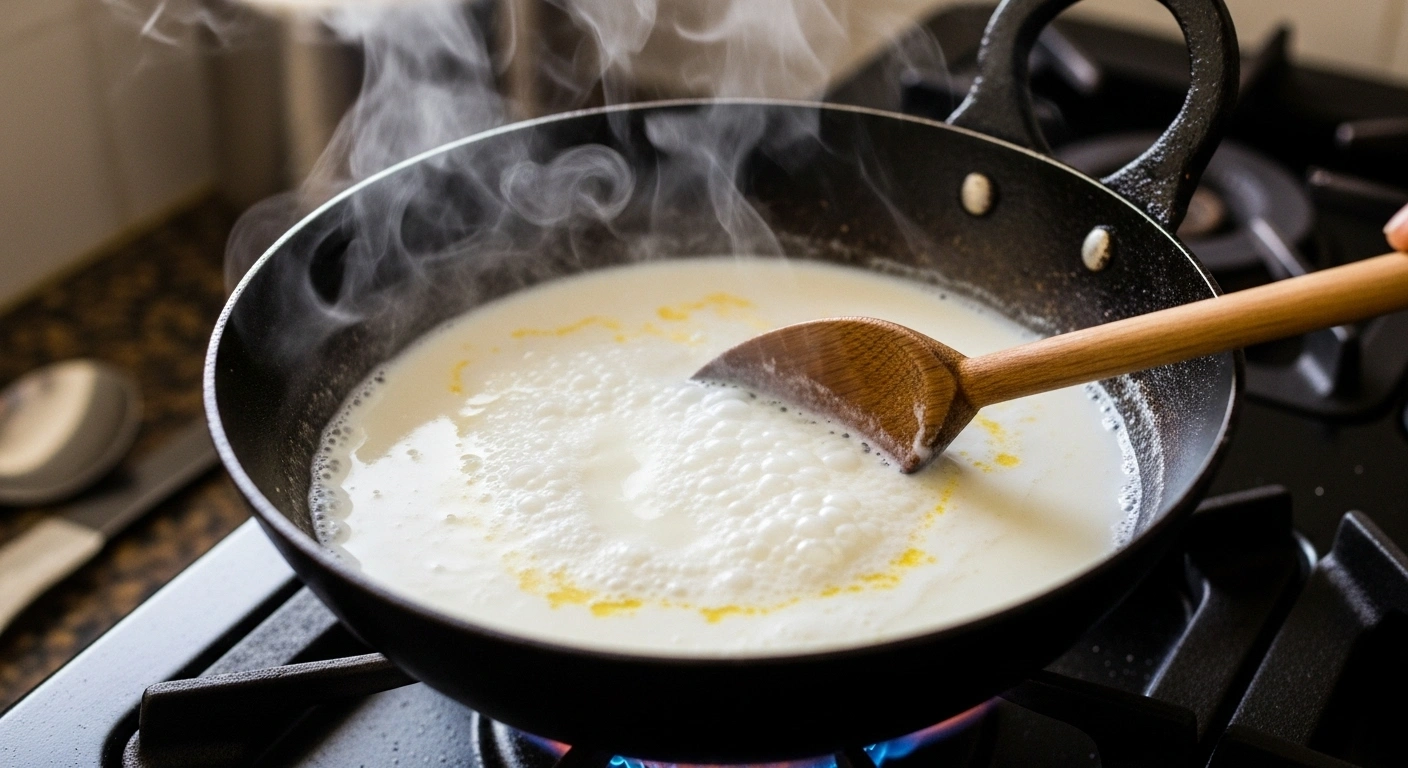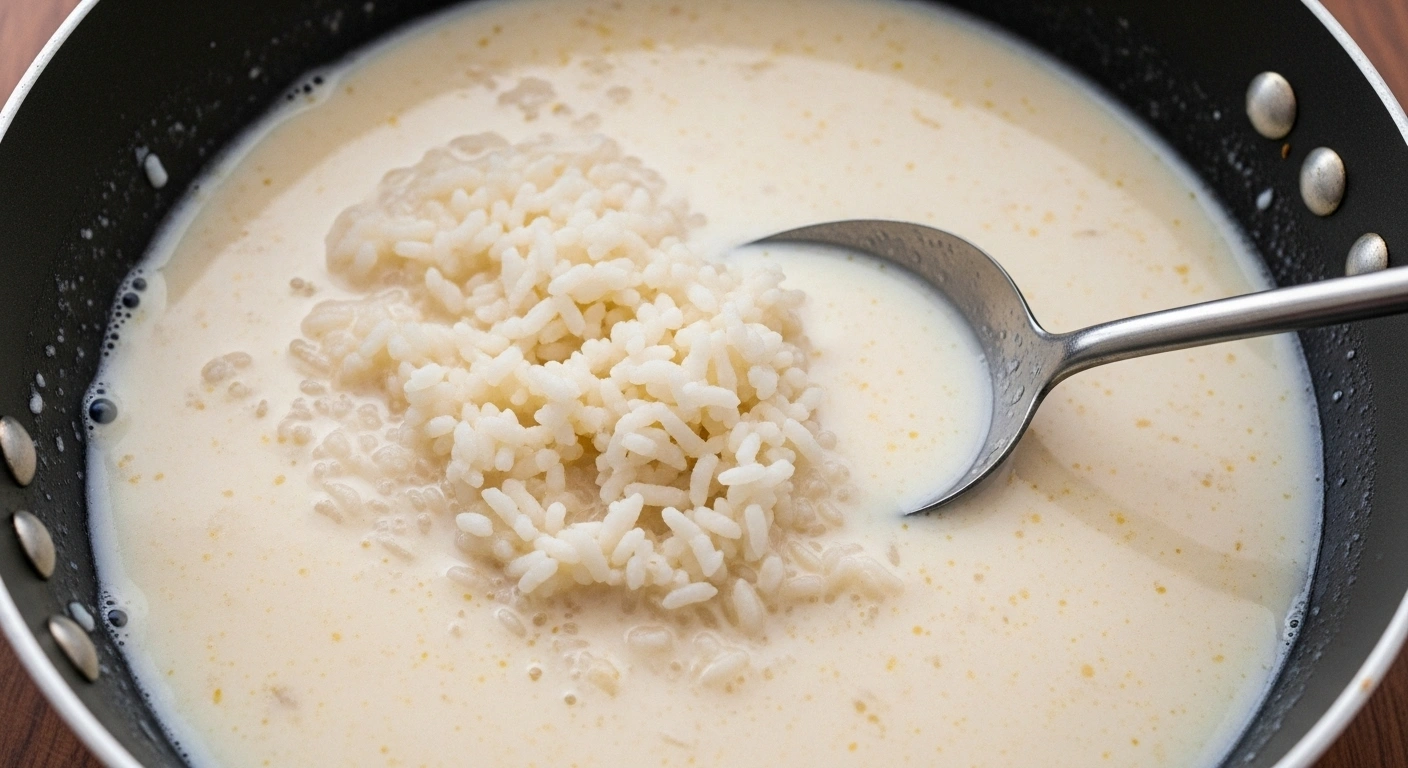Kheer has been one of the most beloved Indian desserts for centuries. Each region has its unique name and slight variations — Payesh in Bengal, Payasam in Kerala and Tamil Nadu, and Kheer in North India. Despite these differences, the essence remains the same: a slow-cooked rice pudding enriched with milk and sugar.
The magic lies in simmering full-fat milk for a long time until it thickens and absorbs the sweetness of rice and sugar. Cardamom adds warmth, saffron lends a royal touch, and roasted nuts give it crunch and richness. In South India, jaggery is often used instead of sugar, giving Payasam a deep caramel-like flavor.
Rice Kheer is versatile — served hot or chilled, plain or with fruits. It is prepared for festivals like Diwali, Durga Puja, Onam, and Janmashtami, as well as for auspicious occasions such as birthdays and weddings.
Kheer has been one of the most beloved Indian desserts for centuries. Each region has its unique name and slight variations — Payesh in Bengal, Payasam in Kerala and Tamil Nadu, and Kheer in North India. Despite these differences, the essence remains the same: a slow-cooked rice pudding enriched with milk and sugar.
The magic lies in simmering full-fat milk for a long time until it thickens and absorbs the sweetness of rice and sugar. Cardamom adds warmth, saffron lends a royal touch, and roasted nuts give it crunch and richness. In South India, jaggery is often used instead of sugar, giving Payasam a deep caramel-like flavor.
Rice Kheer is versatile — served hot or chilled, plain or with fruits. It is prepared for festivals like Diwali, Durga Puja, Onam, and Janmashtami, as well as for auspicious occasions such as birthdays and weddings.

